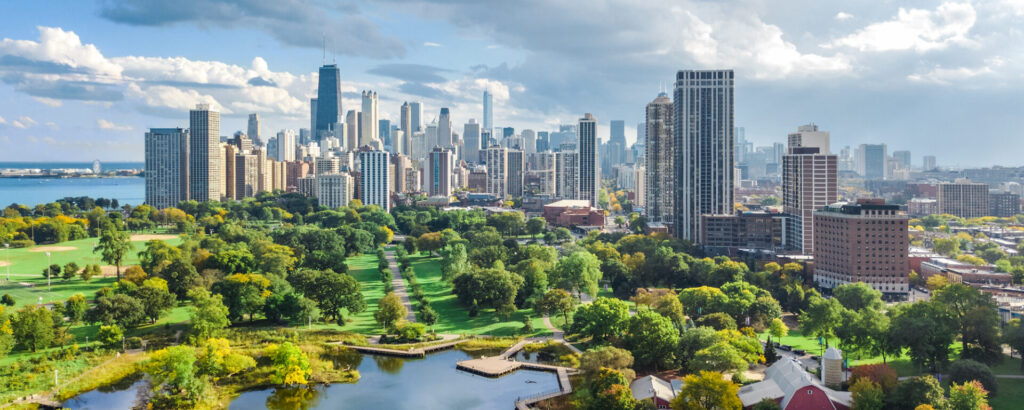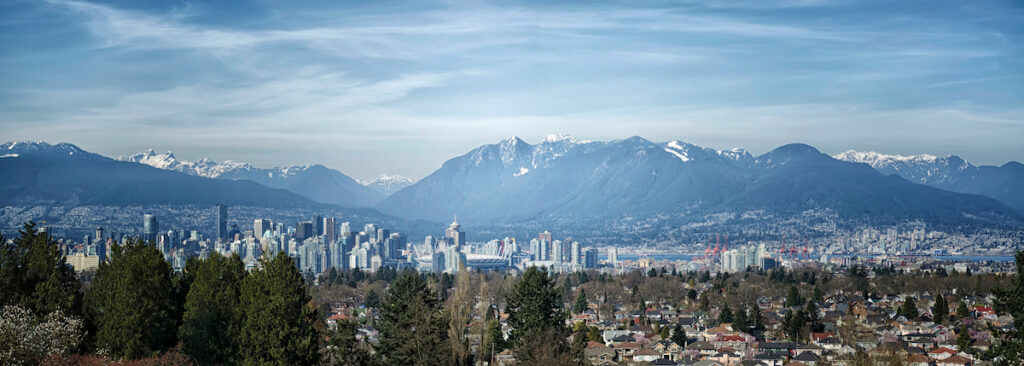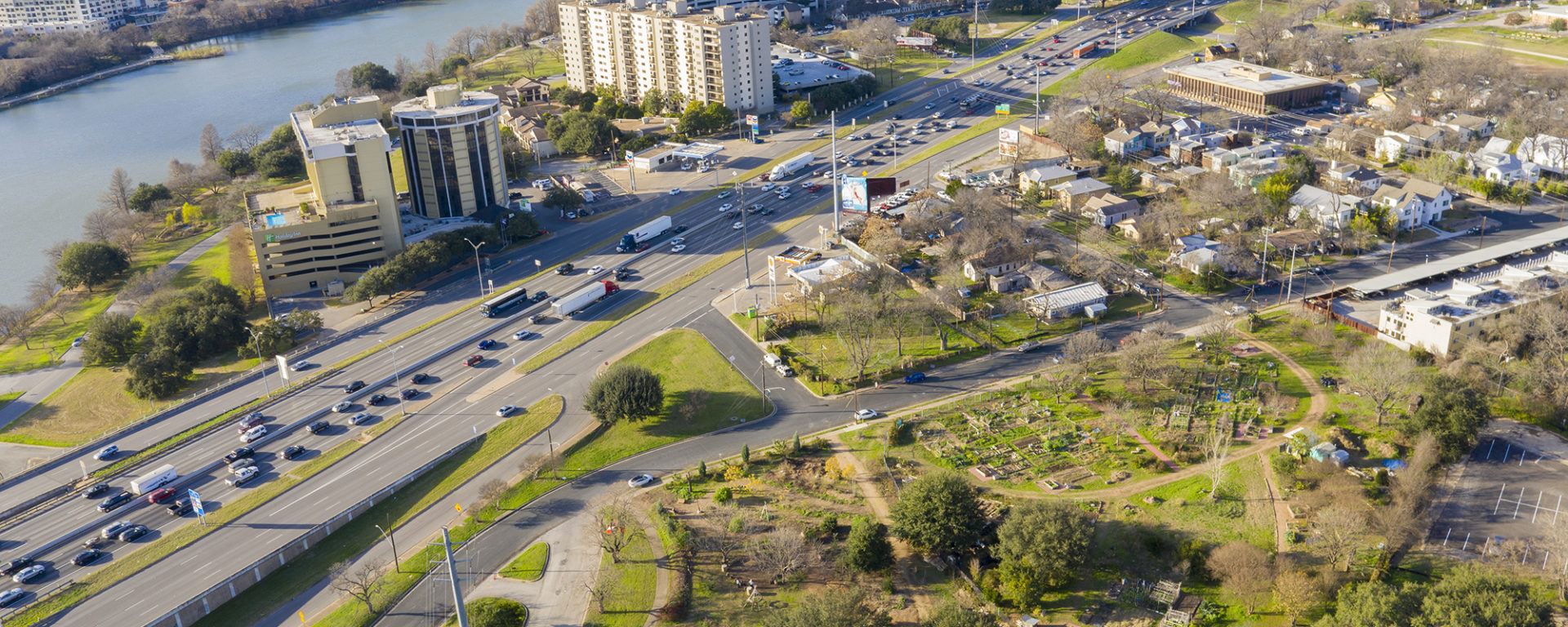


The Salazar Center brings together diverse conservation leaders to share best practices and lessons learned, with a focus on equity, climate resilience, and landscape connectivity. In the face of increasing urbanization, with over half of the global population living in cities, innovative solutions to create greener, thriving urban environments are essential for both people and nature.
Historically, most resources for conservation efforts have been invested in areas considered wild and therefore less populated. Preserving these “untouched” places is critical for many reasons, but we must strive for more. The administrations of the U.S., Canada, and Mexico have lofty intentions to build international environmental cooperation through nature-based solutions, increased land protection, innovative policies, and more. And since the narrative around cities has typically focused on the negative effects of urbanization, it’s no wonder they have largely been left out of the larger conversation. While industrial development and the transformation of landscapes to concrete jungles has had adverse effects, it is time to give more recognition and resources to the opportunities in cities to contribute to meaningful conservation efforts.
As the tide turns, efforts within cities are transforming emissions-laden human activities such as transportation, energy production, and waste generation. For example, Electric public transport, powered through renewable energy could prevent 250 million tons of carbon emissions by 2030, as well as improving people’s health, and lowering noise and air pollution in our cities. As financial and capacity-building resources for conservation are being increased through new programs, it is important to elevate the work being done in cities to help direct resources to programs where they are needed.
In addition to issues around funding and resource allocation, the structures of regulatory frameworks and social landscape of cities presents its own unique set of challenges. All of which is compounded by historical practices, such as redlining where investments in BIPOC neighborhoods were not equitably distributed, leading to long lasting effects on green spaces and public health. Equity must be at the center of all urban conservation efforts. This isn’t a new conversation, but it is one that must be amplified.
Interested in digging in deeper? We co-hosted a webinar with the CSU Center for Environmental Justice focused on unequal access to nature, greenspace, and public lands.
As urban conservation continues to gain momentum, the impacts for humans and other species will be tremendous. Research shows that urban greening can lead to benefits such as lower temperatures, cleaner air, and safer space for communities to gather. Creating urban food systems can increase access and knowledge for communities to connect with their food sources. Building resilient water systems will ensure long term planning for worst case scenarios that does not leave communities vulnerable to years of drought. And as new public-private partnerships are formed through this knowledge sharing, we can ensure taxpayer money is being directed to communities and organizations who could most benefit from urban conservation.
City populations are only expected to continue increasing into the future. Will cities be ready to meet sustainable development goals that protect humans and biodiversity?
The Center’s latest webinar series “Urban Conservation Stories: Water, Biodiversity, and Connectivity in Cities” builds on our learnings and relationships from the 2021 Thriving Cities Challenge, which supported the work of 15 community-led organizations in cities throughout North America by providing funding, capacity-building resources, and mentorship. We are convening experts from across North America to share their experiences and victories in the areas of water, biodiversity, and connectivity in urban conservation.
Participants will be introduced to new tools, best practices, and innovative efforts happening in cities throughout North America. By focusing on a core theme each episode, our guest speakers will have the opportunity to dive deeply into their specific areas of expertise. As biodiversity continues to disappear at alarming rates, practitioners need to be able to highlight what they are doing to record and protect vital species. As droughts continue to worsen, it is important to share what cities are already doing to build climate resilience. As countries make lofty goals for landscape connectivity, the role of cities must be understood to aid in spatial planning. This series will advance solutions and connect diverse leaders with new resources and ways of thinking.
Through community empowerment, knowledge sharing, and the greening of cities, the Salazar Center believes cities will be a part of the solution moving forward! We envision green cities where equitable access to nature is the norm and communities are resilient in the face of a changing climate.
We hope you will join us in this exciting series. These webinars are free and include Spanish translation. Registration is required to attend.
Urban Conservation Stories: Water, Biodiversity, and Connectivity in Cities

Cultivating Urban Biodiversity
November 9, 2022
Urban areas aren’t often recognized for their biodiversity, however research shows that many cities host a critical array of plant and animal life. Panelists from Los Angeles, San Antonio, and Toluca, Mexico will share how they are working to conserve biodiversity in each of their cities.

Conserving Water in Arid Cities
December 1, 2022
Cities across the world are experiencing unprecedented water management challenges. This webinar will bring together experts from Las Vegas and Los Angeles to share management strategies in different urban sectors to use less water and support greener cities.

Connecting Cities to Landscapes
January 18, 2023
How can cities positively contribute to landscape connectivity for plants and animals that need intact landscapes to survive? Experts from the U.S., Canada, and Mexico will explore how cities can contribute to national conservation targets connectivity through policy, federal support, and NGO-led work.
